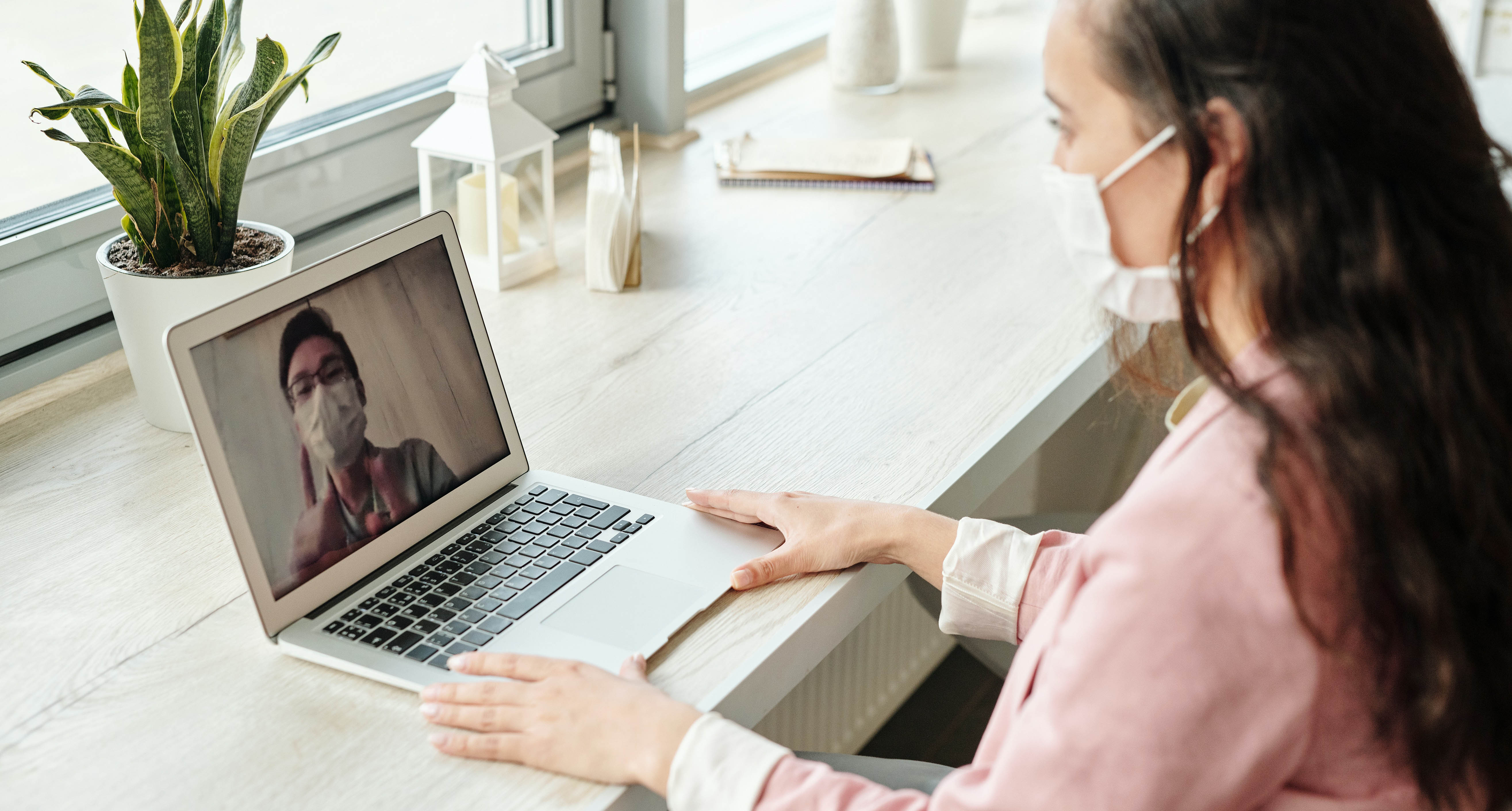Healthcare providers nationwide have been pushed to pursue telehealth platforms during 2020. (1) With COVID-19 cases rising, and with the spread being possible even if a person is asymptomatic, providers questioned if physical contact even when providing healthcare services was safe. Clearly, doctors’ office visits couldn’t be cut out all together, so what could they do? Many turned to telehealth. But the question is, once a vaccine is discovered and COVID-19 cases decline for good, is telehealth here to stay? (2)
Telehealth Saves Time
While telehealth benefits COVID-19 patients who shouldn’t come into physical contact with others, providers have also realized how convenient the platform is. Many patients will take an entire afternoon off work to drive to their doctor’s office, sit in the waiting room for 20 minutes, and wait for the doctor in the examination room for another 10 minutes—all for a 5-10 minute chat with their doctor. Many people would gladly eliminate the extra time, and would rather receive a quick phone call from their doctor that would do the same job. This would be particularly helpful with screenings and follow ups. For patients living in rural areas, the platform would be especially time-saving and financially beneficial for those without ready forms of transportation. Those who need the most care may be unable to drive, and telehealth would be accommodating for them.
The great news is that telehealth can be used across a variety of healthcare specialties. From basic wellness check-ups, to physical therapy, to psychiatrics, to dermatology, and more. Telehealth not only involves talking to patients over the phone—today, it also offers even more advanced options for people who have chronic illnesses or require home care and continuous vitals monitoring.
Are People Open to it?
Board certified physician assistant Laurie Fashakin at Derrow Dermatology Associates said: “Our patients have been responsive and open to the telehealth option. What’s nice about telehealth is we can see all our acne and isotretinoin patients. It’s important when treating chronic conditions such as acne, psoriasis, and atopic dermatitis that patients continue to have access to us and their medications. Virtual visits make this possible during this crazy time.”
Telehealth has been received well over the past few months. While many are still skeptical for a variety of valid reasons like factors of security, the truth is that many patients are receptive and open-minded to this new method of healthcare. Keeping telehealth as part of our healthcare system will also benefit those already using it in their treatment plan. If the platform is pulled back, many will have to change their plans. This could add unwanted complications and stress.
Make a Plan
In many healthcare professionals’ minds, it makes sense that if a plan like this one is working, keep it around. In fact, professionals in the industry foresee that 20-30% of regular in-person visits will become telehealth visits in the near future. But implementing a drastically new platform over such a large scale is a complicated process, and an expensive one at that! Fortunately, big news came out from the FCC in April of this year. A $200M COVID-19 Telehealth Program was released that would benefit healthcare providers using telehealth technology. As part of this, United Methodist Communities was given a $909k grant to fund a remote patient monitoring platform. As a result, UMC has partnered with us, VirtuSense Technologies, to implement VSTAlert and VSTOne in their skilled nursing units. With our technologies, when a patient is at risk, alerts are sent directly to the attending nurse’s smartphone for immediate care. This is profoundly helpful during the heat of the pandemic, and it has introduced the immense value telehealth provides to the healthcare industry. This funding program lit the way for telehealth in our future, and we can only expect more demand and acceptance of it in our future.
Over the past few months, there have been 31 major federal policy changes and relaxations due to the pandemic. It’s too early to be completely certain if any of them will stick around post-covid, but several senators are making serious considerations. At this point, Medicare has made allowances for telehealth calls and appointments within a patient’s home, provided financial reimbursement for visit changes, and allowed for relaxation of rules surrounding HIPAA compliance. Senate Committee on Health, Education, Labor and Pensions Chairman Sen. Lamar Alexander says he would like to see a continued allowance of Medicare coverage for telehealth visits within the patient’s home which would allow for more specialty care across the board. Though, there seems to be collective agreement that loosening of HIPAA restrictions shouldn’t and will not last beyond this challenging time.
VSTOne is the Future of Telehealth
At VirtuSense, we are especially excited about the future of telehealth. Over the course of the pandemic, we have developed an all encompassing telehealth platform that will drastically change the patient experience as well as the number of physicians necessary for a set number of patients. With our platform, VSTOne, less staff is needed for more patients. With two-way video communication, continuous vitals monitoring, and bed and chair exit alerts, telehealth will expand far beyond what it is today, and healthcare will continue to progress with positive leaps and bounds.


